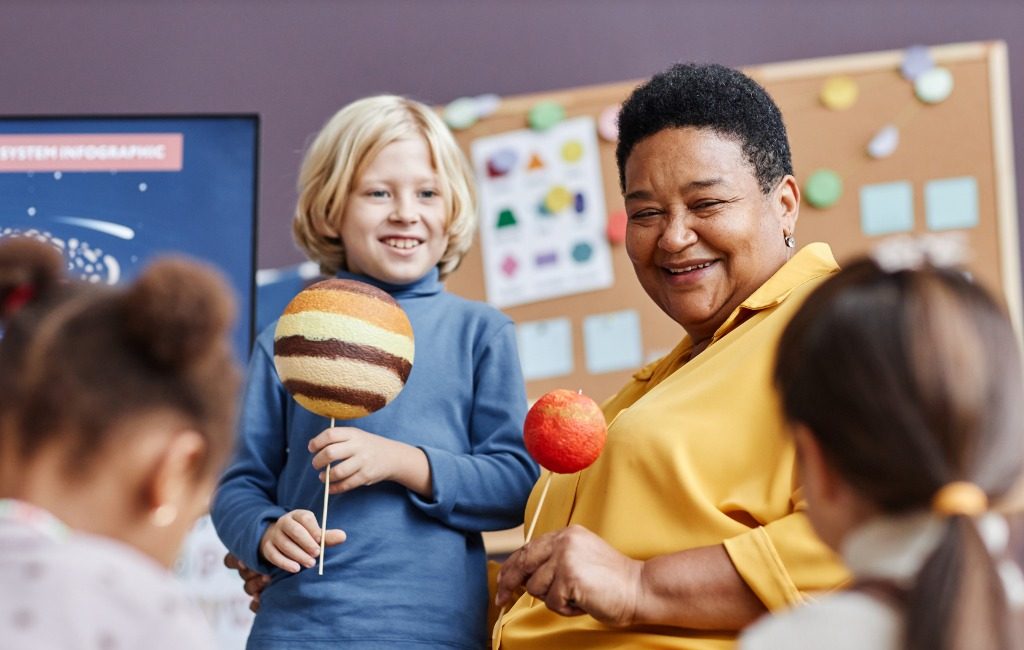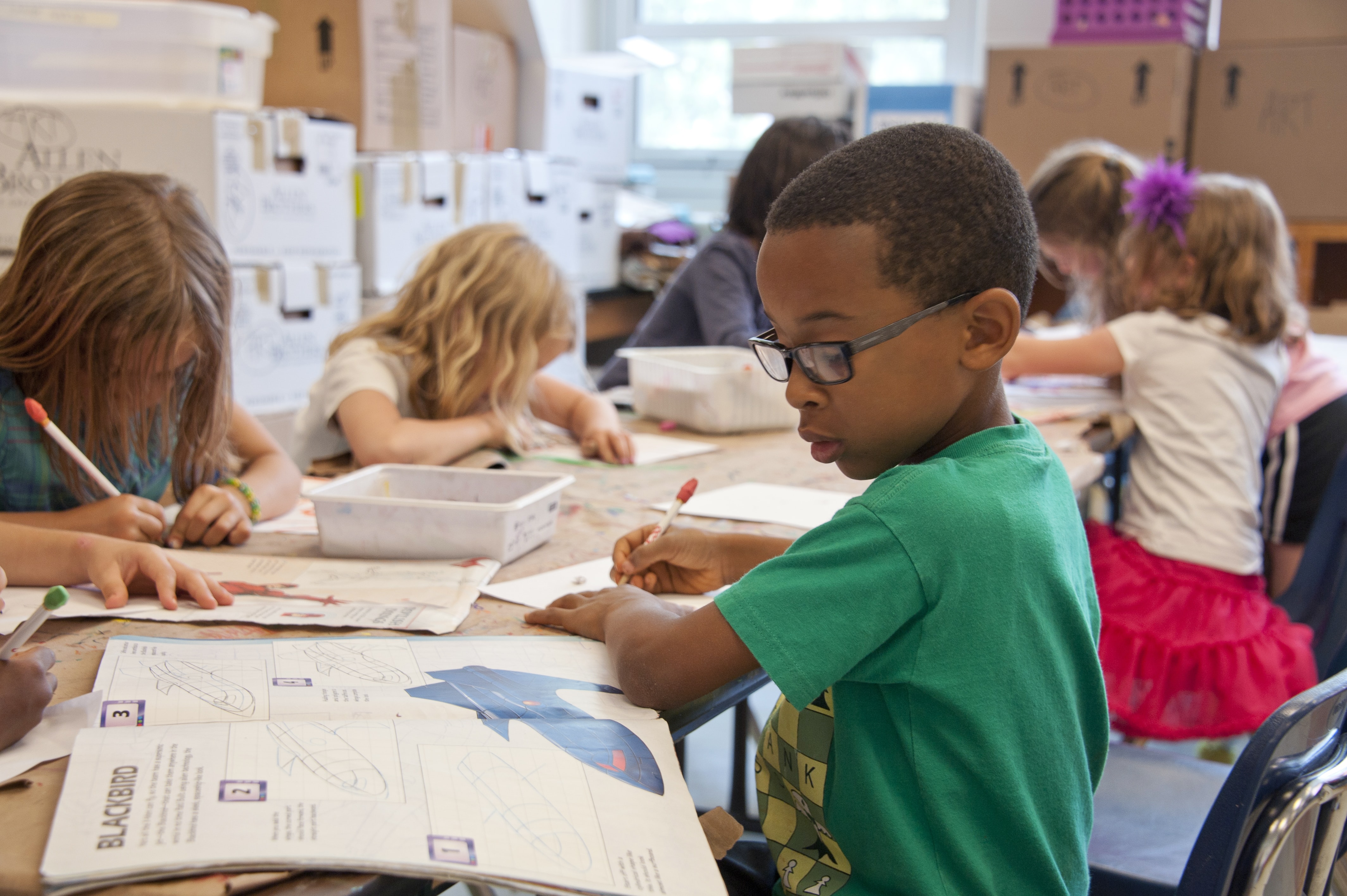1. Tell your story with heart
In your fundraiser description, tell us why you’re raising funds and about the classroom you hope to support. What is special about the teacher or the students? What are you proud of and want people to know? How will these funds make an impact in the students’ lives?
The best education fundraisers share love for the students and teachers right in the description. Include as much heart and soul as possible, so donors get a real sense of what their donation will be supporting. For in-depth tips, read our blog on tips for how to write your fundraiser story.
- Are you fundraising for a long-term need? You may want to consider listing your classroom’s monthly needs and asking donors to consider recurring donations.






